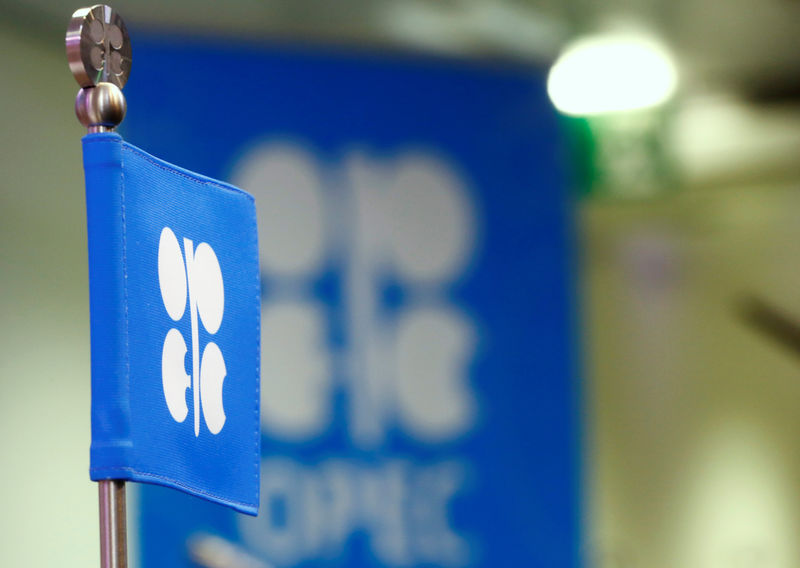5 big analyst AI moves: Nvidia guidance warning; Snowflake, Palo Alto upgraded
TOKYO, Nov 15 (Reuters) - Oil prices posted early gains as
OPEC's outlook for oil demand next year fuelled hopes that the
producer group and its associates will keep a lid on supply when
they meet to discuss policy on output next month.
Optimism that the United States and China could soon sign an
agreement to end their trade war also seeped into the market
after White House economic adviser Larry Kudlow said a deal was
"getting close", citing what he called very constructive
discussions with Beijing. Brent crude futures LCOc1 were up 30 cents, or 0.5%, at
$62.58 a barrel by 0147 GMT, having dropped 9 cents on Thursday.
West Texas Intermediate crude CLc1 was up 29 cents, or
0.5%, at $57.06 a barrel, after falling 0.6% in the previous
session.
The rosy mood came after the Organization of the Petroleum
Exporting Countries (OPEC) said on Thursday it expected demand
for its oil to fall in 2020. That supports the view among
markets that there's a clear case for the group and other
producers like Russia - collectively known as 'OPEC+' - to
maintain limits on production that were introduced to cope with
a supply glut. OPEC+ on Jan. 1 cut output by 1.2 million barrels per day
(bpd), and in July, the alliance renewed the pact until March
2020.
"Energy markets will remain fixated on rhetoric from OPEC+,
(U.S.-China) trade updates and whether Beijing can somehow
de-escalate the situation in Hong Kong without sending more
troops," said Edward Moya, senior market analyst at OANDA.
Jitters over geopolitical fallout from the Hong Kong
situation linger after violent clashes between protesters and
police this week, with Chinese President Xi Jinping saying on
Thursday that stopping violence was the most urgent task.
Still, investors shrugged off a bigger-than-expected
increase in U.S. stockpiles and rising production.
U.S. crude inventories grew last week by 2.2 million
barrels, the Energy Information Administration said, exceeding
the 1.649 million-barrel rise forecast by analysts in a Reuters
poll. EIA/S
Crude production rose by 200,000 bpd to a weekly record of
12.8 million bpd, the EIA said in its weekly report.
